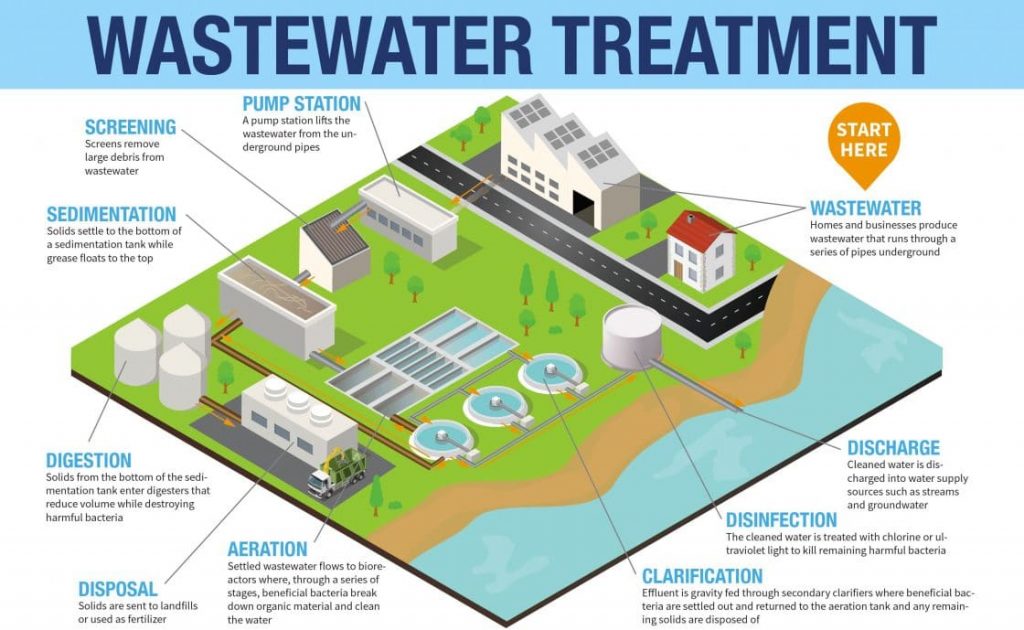The Environmental Protection Agency (EPA) announced a draft National Water Reuse Action Plan that identifies priority actions supporting the reuse of water for human consumption, agriculture, business, industry, recreation and healthy ecosystems. Items proposed in the draft will require the collaboration between governmental and nongovernmental organizations to implement the actions.
What is Water Reuse?
Water reuse is an innovative and dynamic strategy that can dramatically change the future of water availability in the U.S. Water reuse can be used to meet water demands and mitigate the risks posed by droughts. Recycled water can be used for a wide variety of applications, including agriculture, potable water supplies, groundwater replenishment, industrial processes and environmental restoration. The water reuse process can stem from sources such as industrial process water, agricultural return flows, municipal wastewater, oil and gas produced water, and stormwater.
Why Implement a Water Reuse Action Plan?
The draft National Water Reuse Action Plan is the first initiative of its kind to be coordinated across the water sector. According to EPA’s Assistant Administrator for Water, David Ross, forty states anticipate shortages of fresh water within their borders over the next decade. Water reuse has the potential to ensure the viability of our water economy and provide safe and reliable drinking water for years to come.
After extensive research and outreach, it was determined that meaningful advancement of water reuse would best be accomplished by working cooperatively with all water sector stakeholders including federal, state, tribal, and local water perspectives. The EPA hopes to issue a final plan that will include clear commitments and milestones for actions that will increase the sustainability, security and resilience of the nation’s water resources.
What Does the Plan Entail?
The draft National Water Reuse Action Plan identifies 46 proposed actions across ten strategic objectives.
- Enable consideration of water reuse with integrated and collaborative action at the watershed scale.
- Coordinate and integrate federal, state, tribal, and local water reuse programs and policies.
- Compile and refine fit-for-purpose specifications.
- Promote technology development, deployment, and validation.
- Improve availability of water information.
- Facilitate financial support of water reuse.
- Integrate and coordinate research on water reuse.
- Improve outreach and communication on water reuse.
- Support a talented and dynamic workforce.
- Develop water reuse metrics that support goals and measure progress.
What Next?
The EPA is soliciting public input through a 90-day public comment period. This period will seek to:
- Identify the most important actions to be taken in the near term.
- Identify and describe the specific attributes and characteristics of the actions that will achieve success.
- Secure specific commitments to lead/partner/collaborate on implementation of actions.
Comments close on December 16, 2019.
For more information, including opportunities to engage with EPA on this effort, visit https://www.epa.gov/waterreuse/water-reuse-action-plan.

For a quick snapshot of how water reuse works, check out this infographic created by World Bank.






